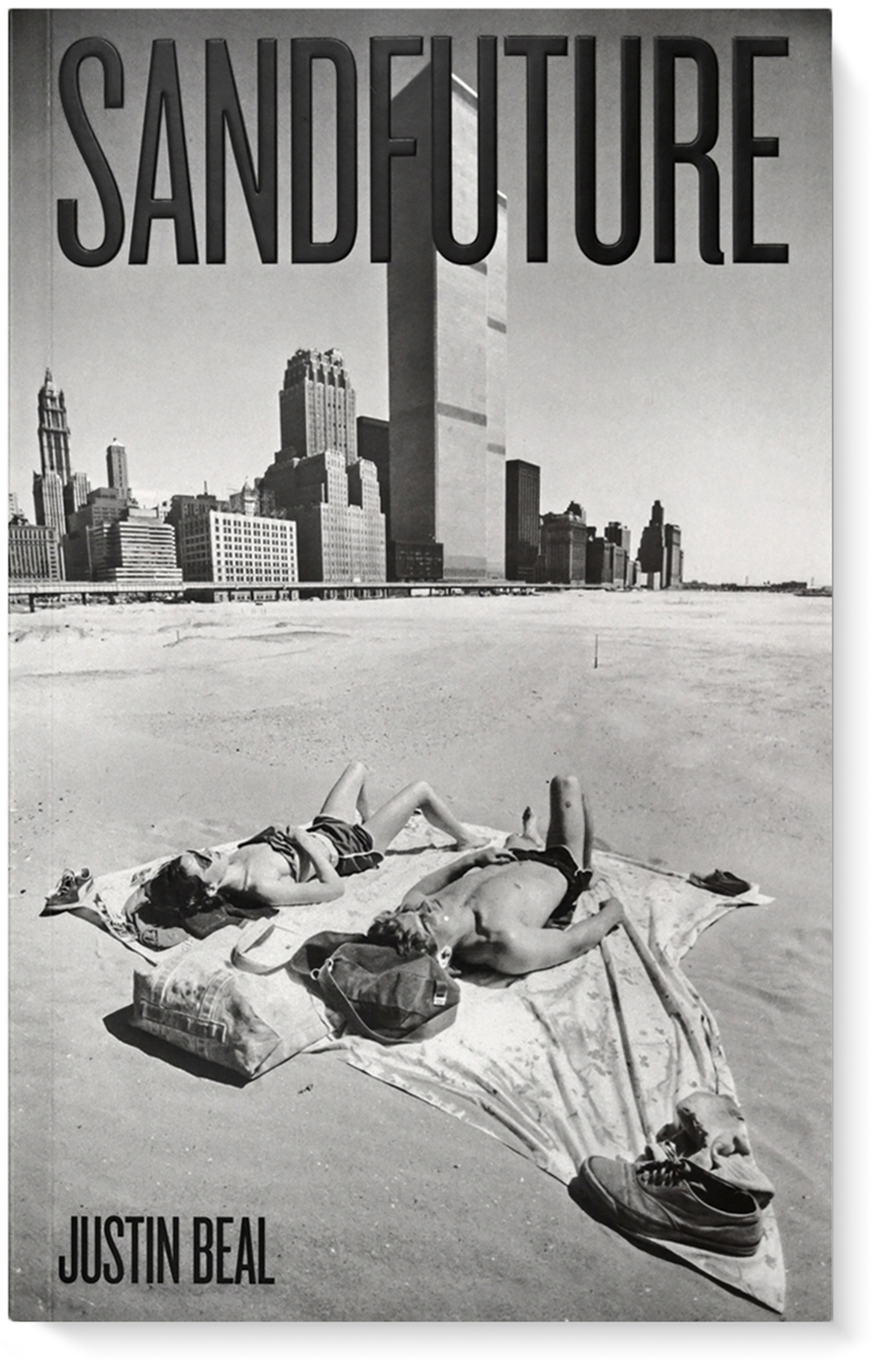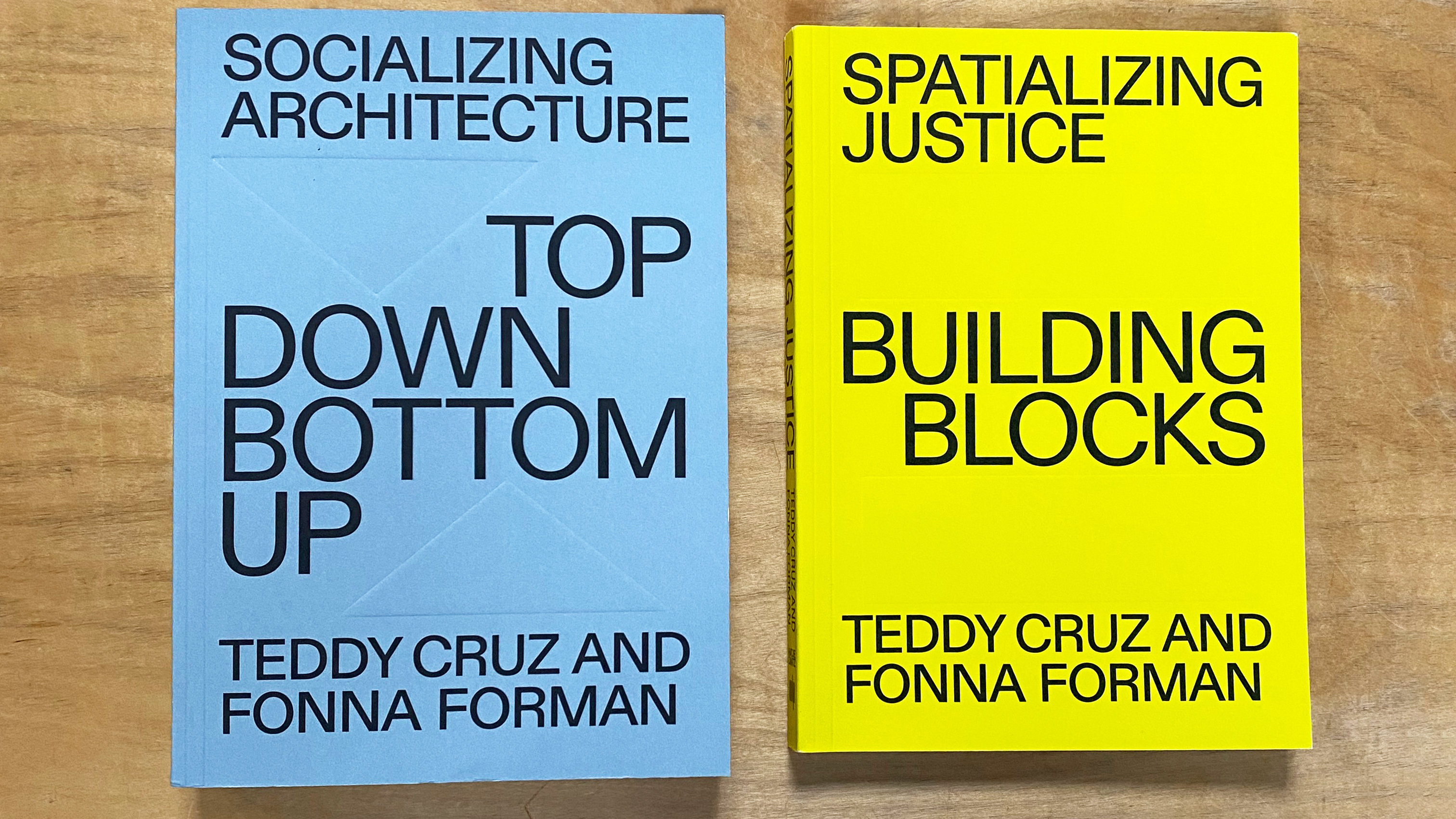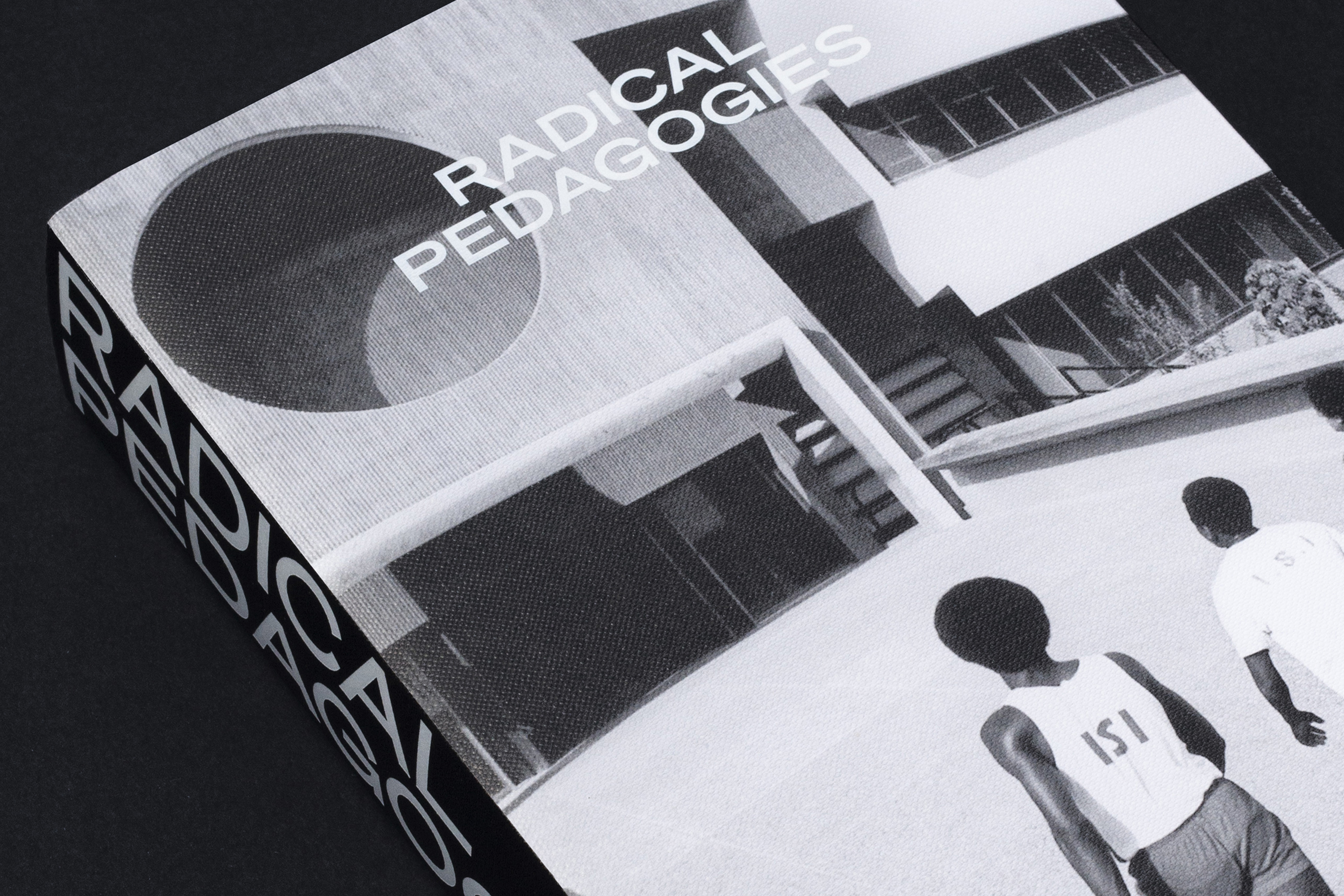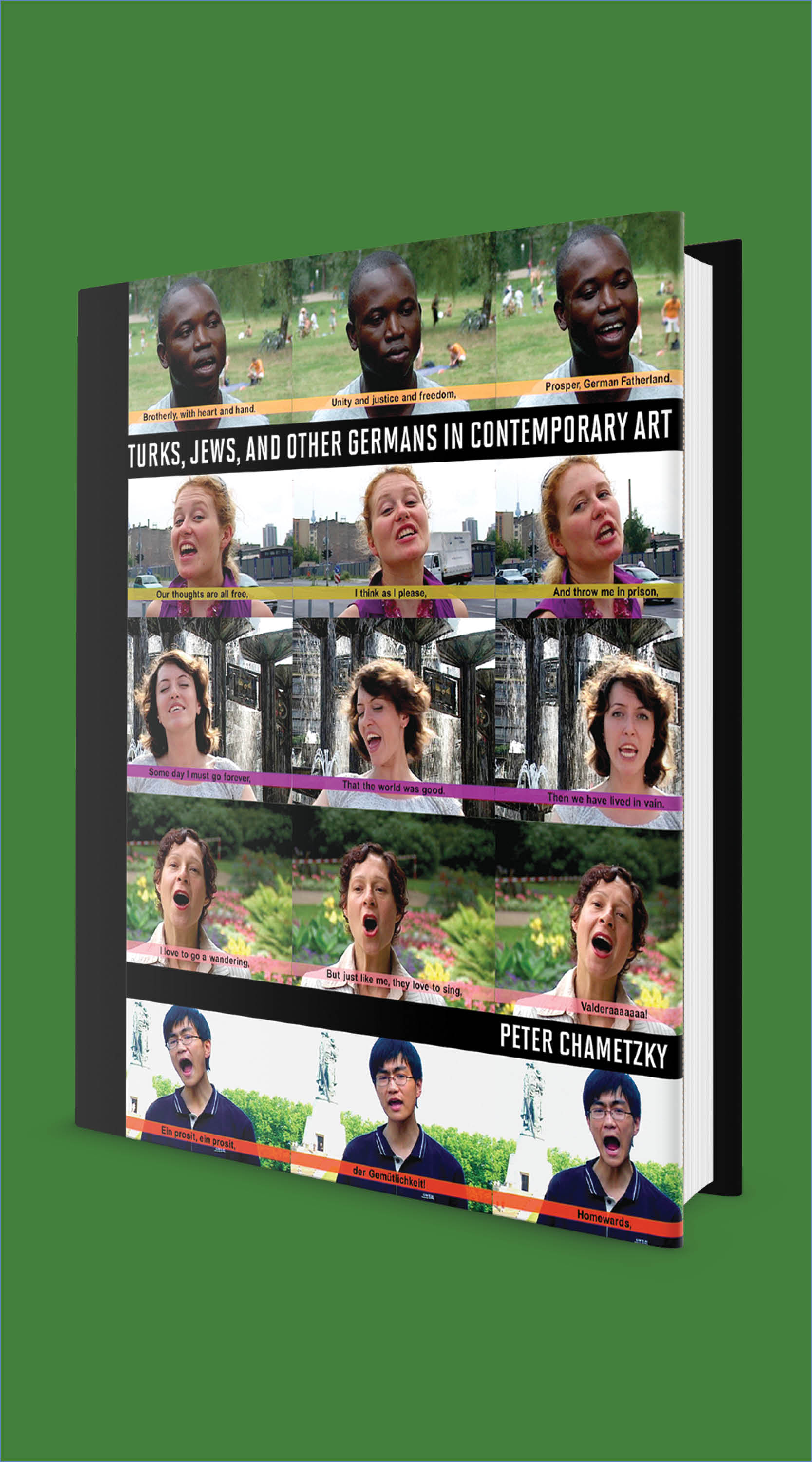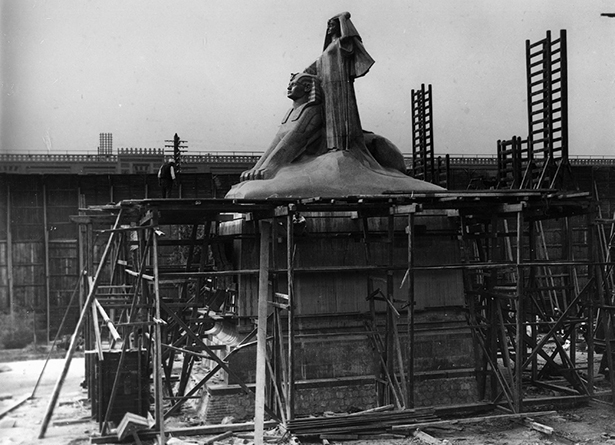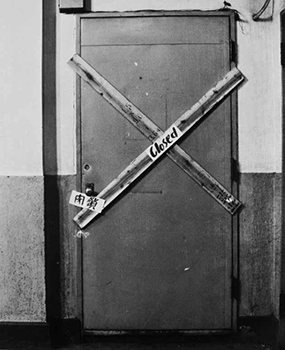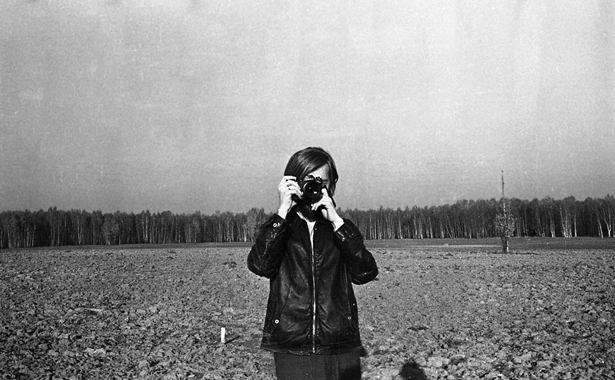Publication date: September 14, 2021
Storefront for Art and Architecture
Yale School of Architecture
“A daring literary construct.” —Rem Koolhaas
The MIT Press is delighted to announce the release of Sandfuture, a work of literary non-fiction about the life of Minoru Yamasaki (1912–1986), told through the eyes of a contemporary artist considering how objects generate meaning and how (and for whom) architectural history is written. Blending memoir, biography and architectural history, Sandfuture circles outward from the central narrative of Yamasaki’s life to examine subjects that range from the image of the architect in literature and film to the changing character of the contemporary art world to the broader social and political implications of how cities are built.
The son of Japanese immigrants in Seattle, Minoru Yamasaki overcame endemic racism in both his country and his profession to rise to prominence with a humanistic approach to modern architecture—an unorthodox style exemplified by projects including the McGregor Memorial Conference Center in Detroit, the Century Plaza Hotel in Los Angeles, and the Dhahran Airfield in Saudi Arabia. In 1963, Yamasaki appeared on the cover of Time magazine, but the critical rebuke of the World Trade Center and the spectacular demise of the Pruitt-Igoe apartments in St. Louis pushed him to the margins of the profession in the latter half of his career. Today, Yamasaki remains largely unknown despite his enormous influence on the history of American architecture and the astonishing coincidence that his two best-known projects were both destroyed on live television 30 years apart.
With a narrative structure that defies the conventions of traditional biography, Sandfuture draws unexpected connections between architecture and bodies, sick building syndrome and chronic migraines, that shadow the developing narrative of Yamasaki’s career. Beal splices the story of Yamasaki’s life together with scenes from his own—including the flooding of a New York art gallery in 2012 and the destruction of the World Trade Center in 2001—as the slender silhouette of a new super-tall residential tower rises above a city under the influence of growing wealth disparity, shifting power dynamics and a new climate reality.
Justin Beal in an artist with an extensive exhibition history in the United States and Europe. He graduated from Yale University with a degree in architecture and continued his studies at the Whitney Independent Study Program and the University of Southern California. His work has been reviewed in the New York Times, the New Yorker, Artforum, Frieze, Art in America, and the Los Angeles Times and is included in the permanent collections of the Albright Knox Museum, the Hammer Museum, and the Museum of Contemporary Art Los Angeles. Beal teaches at Hunter College. Sandfuture is his first book.
Further information and press contact: Sam Kelly, samueljk@mit.edu
Sandfuture was designed by John Morgan Studio
